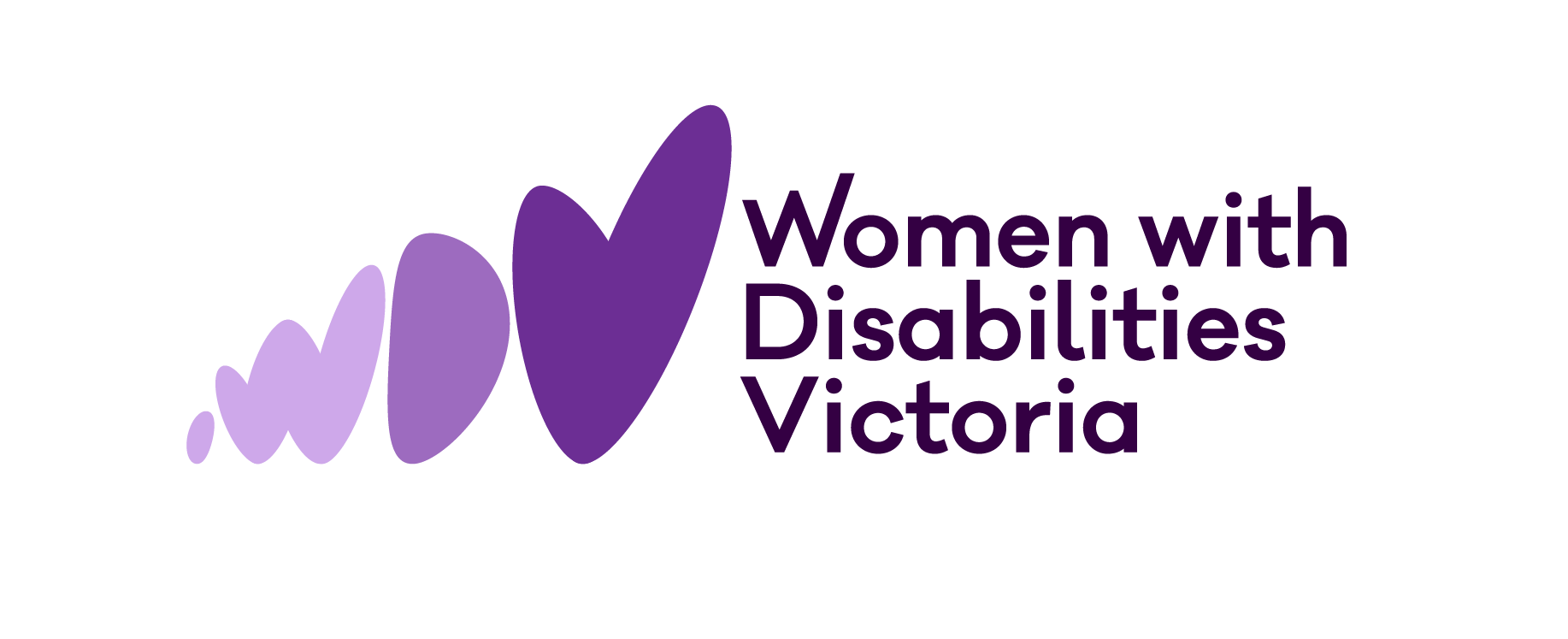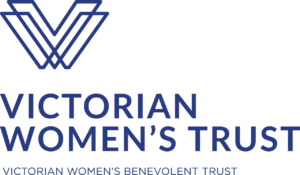Quick Links
Our Right to Safety and Respect Resource (Safeguards Project)
The Safeguards Project aims to increase women with disabilities access to safe, useful and good practice information about their right to safety and respect that builds their confidence, knowledge and actions to identify and seek support if they experience violence and abuse.
Why was the project developed?
Research shows that women with disabilities are at much higher risk than other women of experiencing violence and abuse including multiple types of violence and abuse experienced over longer periods of time from multiple people (perpetrators) throughout their lives. Women with disabilities are also more likely to experience violence and abuse than men with disabilities.
What is the project doing?
The project has created guidelines to help services develop effective violence and abuse prevention resources with and for women with disabilities. The project has made a video with an accompanying video guide for women with disabilities to help them identify violence and abuse, get help and feel safe.
About the guidelines
Our Right to Safety and Respect Guidelines for developing resources with women with disabilities about safety from violence and abuse contains six good practice guidelines organisations can follow to create quality resources. Each guideline has a set of indicators to show what good practice looks like and how to work towards it.
Who are the guidelines for?
The guidelines are for all Australian organisations that:
- support women with disabilities who may have experienced, or are at risk of experiencing, violence and abuse
- are developing a resource on violence and abuse for women with disabilities
- wish to enhance existing resources on violence and abuse to make sure they are relevant and accessible to women with disabilities.
Video resource and video guide
In the 20-minute video, women with disabilities speak about their experiences of violence and abuse. They talk about how they found ways to speak up and be heard and get support to live free from violence and abuse. The video includes captions, Auslan interpreting and an audio description option for people with vision impairment. The video guide has extra information, discussion questions and is available in Plain English and Easy English formats.
Who is the video and video guide for?
This video and video guide were made for women with disabilities. The video can be:
- watched alone or with a friend or support person
- used by community groups and organisations
- useful for self-advocates, friends and advocates, family, support workers and other people who work with women with disabilities.
List of Resources
Click here to download a copy of Our Right to Safety and Respect – Video Guide [PDF]
Click here for the accessible version of Our Right to Safety and Respect – Video Guide – [PDF]
Click here for the accessible version of Our Right to Safety and Respect – Video Guide – [WORD]
Click here for Easy English version of Our Right to Safety and Respect – Video Guide – [PDF]
Click here to view the full video resource with closed captions and Auslan (21:38 minutes)
Click here to view or listen to the Trailer Video on YouTube [Closed Captions, AUSLAN]
Click here to view or listen to the Full Video on YouTube [Closed Captions, AUSLAN]
Click here to listen to the FULL Video Resource mp3 file [Audio Only]
New Resources – Braille, Audio Described and Audible (Mp3) versions
We have adapted one of their most popular information resources specifically tailored to women who identify as, vision impaired, blind or deaf/blind about violence prevention and response, “Our Right to Safety and Respect – A video resource and video guide, developed by, and for, women with disabilities about violence, abuse, safety and respect.”
Women who identify as vision impaired, blind, or deaf/blind already face significant barriers in accessing appropriate support services and information when experiencing intimate partner violence or other forms of violence. All women with disabilities including those who are vision impaired, blind or deaf/blind must have equal access to resources on how to keep themselves safe and free from violence.
WDV have adapted these resources in a variety of formats appropriate for this specific group of women so as to not further disadvantage and put them at risk. Providing this resource in Audio Description, Braille and Mp3 formats will empower them to speak up and seek support when leaving a violent situation. These resources have been developed by Women with Disabilities Victoria (WDV) with women who identify as, vision impaired, blind, or deaf/blind.
The resources include:
- Braille hardcopy and an electronic Braille Ready File (BRF) of the video resource guide available in both Grade 1 and Grade 2. Click here for The Braille versions of the Guide [Grade 1 and Grade 2]
- Audio Described dvd format and electronic file of the video resource. Click here to listen to the Audio Description on YouTube
- Audible (Mp3) file of the video guide. Click here to listen to the MP3 Chapters
This project was supported by the Victorian Women’s Benevolent Trust.
These resources are an extension of the Safeguards project, which was supported by the Victorian Government.
If you are using these resources can you please take a moment to fill out this evaluation form.
The video resource trailer with closed captions and Auslan (2:45 minutes):
Who funded the project?
The Safeguards Project is supported by the Victorian Government.

